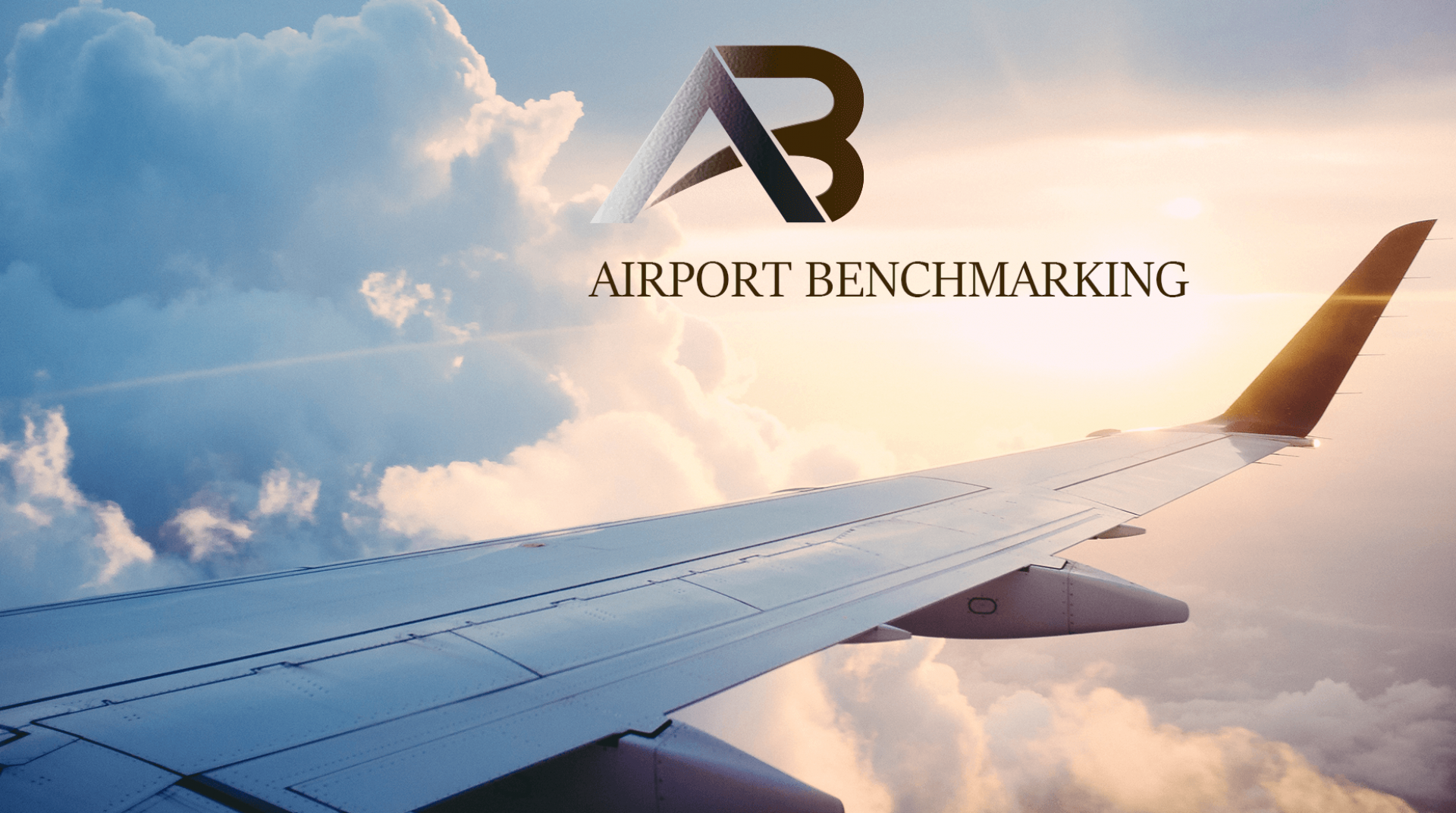When an airplane lands, passengers are quick to disable airplane mode in order to manage the next steps in their travel logistics. For an international passenger, finding reliable service or wireless often proves to be difficult. Those passengers may be more likely to hail a taxi or rely on public transportation, rather than deploy the Uber app to get them to their final destination.
In late August, Uber installed several self-service kiosks at Toronto Pearson International Airport. This test run is a response not only to international travelers’ connectivity issues, but also to the low-tech traveler and a friendly way to meet the online customer in a convenient location offline.
Toronto Pearson International Airport remains Canada’s largest and busiest, hosting travel for 47 million passengers a year. In July 2019, 1.8 million passengers travelled through Terminal 1, the busiest domestic and international terminal where the kiosks are located. Pearson will be the first airport where riders will be able to book a ride with just their credit card, name, and phone number.
The kiosks cater to people who don’t feel confident enough to download and use the app. Walking up to the kiosk, the 32-inch LCD monitor provides text-based guidance and a 2019 10.5-inch iPad Air sits at hands-reach to enter passenger data. Credit cards can be swiped on an attachment to the right of the iPad. The LED light strip around the monitor was taken from the mall kiosk’s design.
This is not Uber’s first foray in the world of kiosks. In 2018, Uber installed driver-recruiting kiosks in San Francisco malls in response to a millennial desire for more real-world experiences and brick and mortar shopping.
https://www.freightwaves.com/news/ubers-airport-kiosks-take-ride-hailing-offlineh

